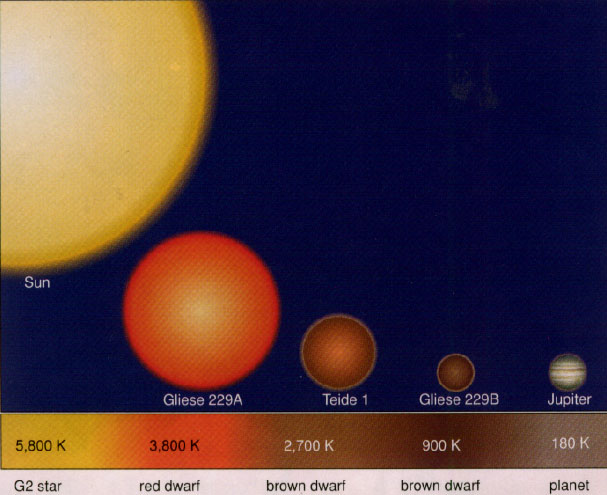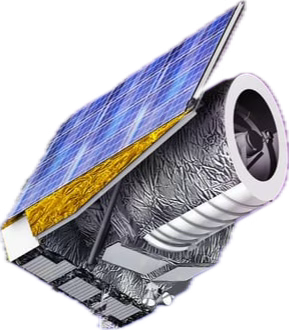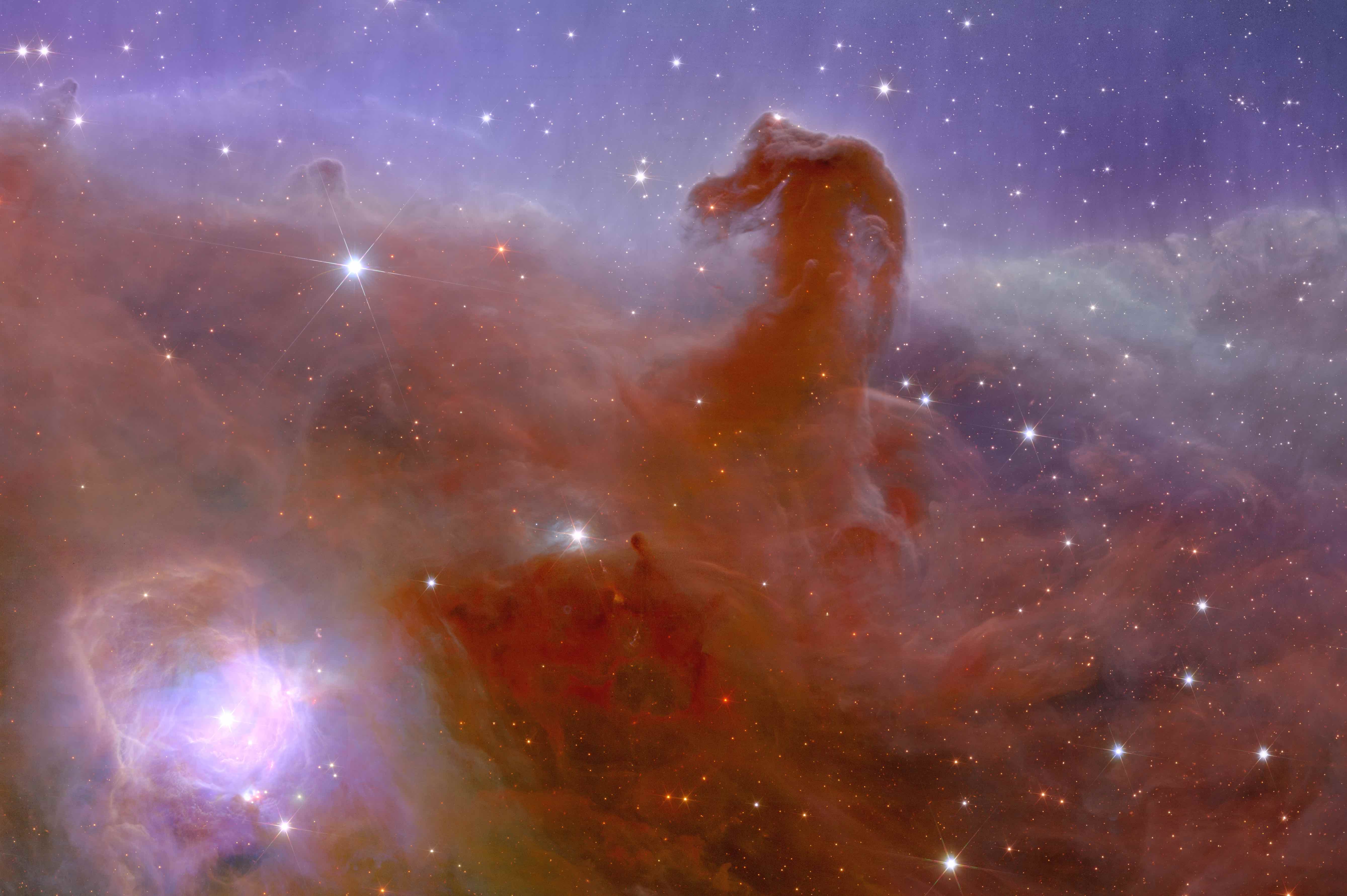Research
My research interests:
- Substellar mass objects
- Initial Mass Function (IMF)
- Stellar and substellar formation
- Observational Astrophysics
Substellar Mass Objects
Substellar mass objects (SMOs) are bodies that are too small to sustain the hydrogen fusion processes that power stars. These include brown dwarfs, free-floating planetary-mass objects, and exoplanets. SMOs together with the lowest mass stars form a category of objects known as Ultracool Dwarfs (UCDs). They have effective temperatures below 2800 K and fall under the spectral types of late-M, L, T, and Y. The coolest of these, the Y dwarfs, can be as cold as 250 K and as light as a few Jupiter masses.
UCDs play a crucial role in understanding both stellar and planetary formation processes. Their atmospheres often contain dust and molecules like methane and water vapor, offering laboratories for atmospheric physics. Some have even been hypothesized to host conditions suitable for exotic life forms.

Relative sizes and temperatures of brown dwarfs compared to the Sun, a red dwarf star, and Jupiter.
Credit: Eduardo L. Martin, Rafael Rebolo and Maria Rosa Zapatero-Osorio
The Initial Mass Function (IMF)
The Initial Mass Function (IMF) is a fundamental concept in astrophysics that describes the distribution of stellar masses at the time of their formation. Essentially, it tells us how many stars are born at different masses in a given stellar population. The IMF is crucial for modeling the evolution of galaxies, interpreting the luminosity and chemical composition of stellar systems, and understanding the star formation history of the Universe.
Two main shapes are used to describe the IMF: power laws (indicating dominance by a single physical process) and log-normal distributions (implying the interplay of multiple processes). Yet several questions regarding the IMF remain open, like the universality of its shape, its low-mass cutoff, and the potential ways that different environments and metallicities might affect it. Thanks to Euclid, we will be able to probe the IMF across diverse Galactic environments and down to a few Jupiter masses. This data will be critical to testing and refining theoretical models, and subsequently constraining different formation scenarios for very low-mass objects.
The Euclid Space Mission

Launched in July 2023, Euclid is a space telescope designed to explore the "dark universe", primarily focusing on investigating the nature of dark energy and dark matter through surveys of large-scale cosmic structures. Beyond its core mission, its deep and high-resolution imaging capabilities also make it an unprecedented tool for studying substellar mass objects, which can be quite elusive due to how faint they are. With its Visible (VIS) and Near Infrared Spectrometer and Photometer (NISP) instruments, Euclid will survey one-third of the sky, and is expected to increase the known sample of substellar mass objects by more than two orders of magnitude, enabling robust statistical studies.

Cutout from Euclid’s view of the Horsehead Nebula.
Credit: ESA/Euclid/Euclid Consortium/NASA, processing by J.-C. Cuillandre (CEA Paris-Saclay), G. Anselmi

